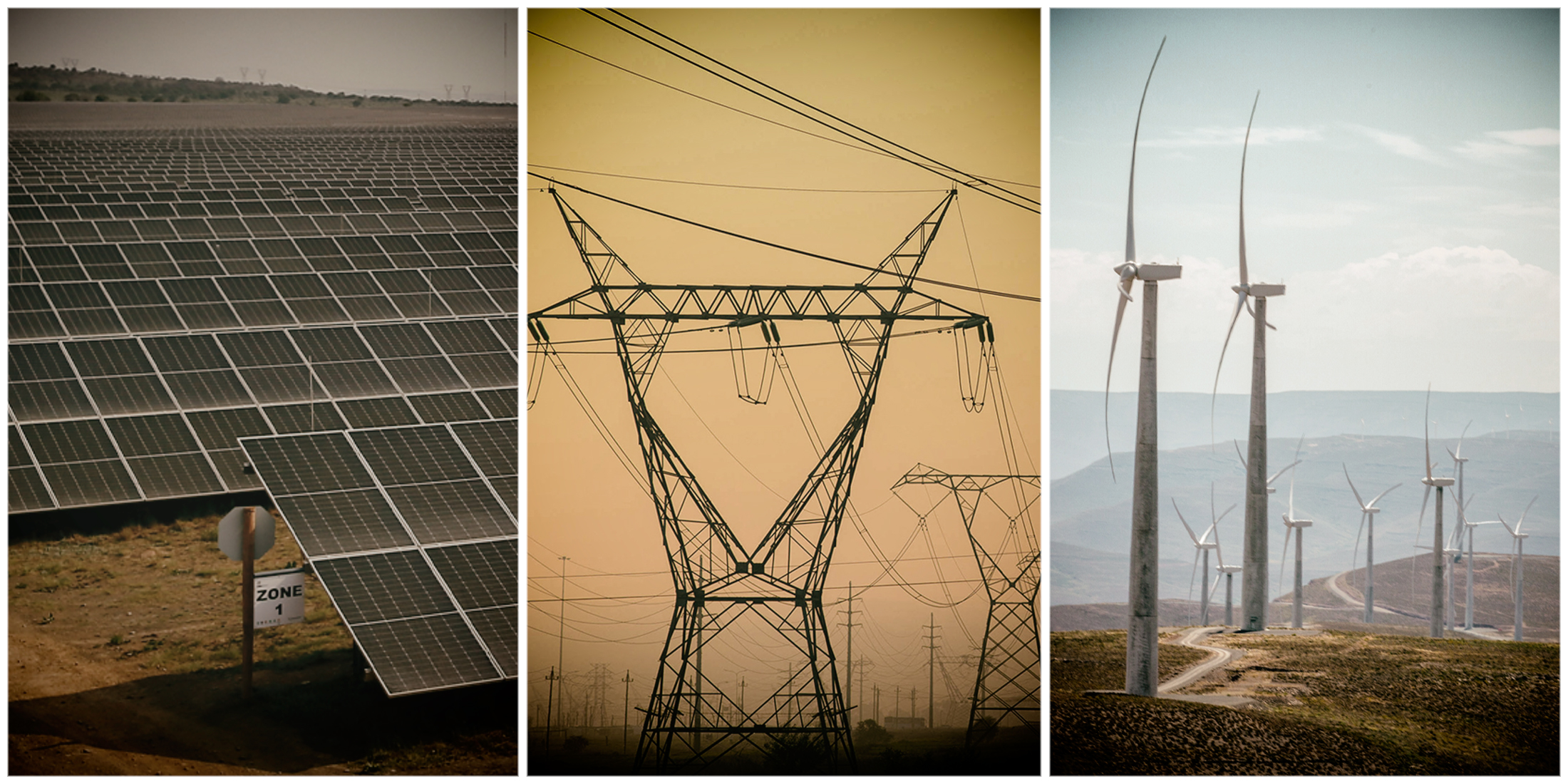South Africa’s latest Renewable Energy Grid Survey reveals a staggering demand for grid access from projects totaling 134 gigawatts (GW) — more than double last year’s figure and nearly a quarter of the world’s total renewable capacity additions in 2023.
Moreover, more than 60GW of these projects are expected to come online within three to five years.
Speaking in a webinar unveiling the results, Ronald Marais, Transmission Strategic Grid Planning Manager at the National Transmission Company of South Africa, a wholly owned subsidiary of Eskom, shared some of the insights from the survey.
Appetite for substantial connection
He said that the survey informed the future of how we need to deal with these volumes coming in, and that it showed how much appetite the renewable energy industry had for substation connection.
“We now have detailed information on projects ready for deployment within the next three years, those awaiting approvals and those still in early development stages.
“If we look at the capacity that aims to be connected to the grid, it’s more than doubled — from 66 gigawatts in last year’s survey to nearly 134 gigawatts. This remarkable increase offers great insights into where capacity needs to be unlocked on the grid,” he said.
“Now, regarding the data,” Marais continued, “the installed capacity has increased significantly, from 93GW to 172GW. The connected capacity rose from 66 to 134GW. Battery storage has stayed similar to last year’s energy rating, but the actual capacity has increased, indicating the need for further investigation into battery utilisation. There’s been more than a doubling of PV (photovoltaic) capacity and a 50% increase in wind capacity.”
Marais was careful to stress the importance of the definitions. “Installed” refers to the total plant capacity at a site, which could combine photovoltaic, wind and batteries, while “contracted” is the capacity intended to be connected to the grid.
Often overshadowed by the excitement and controversies surrounding power generation, transmission is the unsung hero of the global energy transition. In South Africa, it plays a crucial role in bridging the geographic gap between where renewable energy resources are abundant and where most of the existing transmission infrastructure is located.
Put simply, the National Transmission Company of South Africa is responsible for building the high-voltage network of power lines and substations that transport electricity from where it’s generated — such as power plants, wind farms, and solar parks — to where it’s used, much like highways connecting energy sources to consumers. In South Africa that means more lines in the west of the country where the sun and wind potential is highest. Expanding and modernising this network is essential to integrating new, cleaner energy sources and advancing the country’s decarbonisation efforts.
The results were welcomed by various industry players. Santosh Sookgrim, Senior Technical Advisor at the South African Wind Energy Association, said in a statement that the survey “reveals a substantial growth in wind energy projects, with over 48GW in various stages of development – a significant increase from 30GW in 2023.”
Asked about how much additional infrastructure has been built to completion since the publication of Eskom’s most recent Transmission Development Plan, the National Transmission Company of South Africa told Daily Maverick that for the financial year ending March 2023 “the Transmission Development Plan requirement was 262km of line, of which the actual was 326.1km. There was no requirement for MVA (megavolt ampere), and no actuals either. In FY24 (year ending March 2024), the km requirement was 216km with an actual of 74.4km. The MVA target for end March 2024 was 160 MVA, which was only achieved in May 2024.”
Key priority projects
Asked how National Transmission Company of South Africa would ensure that grid expansion and upgrade projects do not exacerbate existing grid bottlenecks, especially in regions with high demand growth and renewable energy generation, the company responsible for the power lines that criss-cross South Africa told Daily Maverick that it had “identified key priority projects across the grid that are being expedited”.
“Furthermore, processes have been established to expedite the securing of servitudes/rights of way for the construction of new transmission infrastructure. Progress with introducing a curtailment framework that will allow for the addition of additional renewable generation utilising the existing networks is at an advanced stage,” it said.
The National Transmission Company of South Africa said that while the grid capacity in areas with abundant renewable energy resources, especially in the Western, Northern and Eastern Cape, had been taken up to a large extent, it had “identified areas elsewhere in the network with available capacity that can be considered by developers for the integration of renewable energy projects. The company is working closely with the renewable energy industry and the Independent Power Producer Office to see how best this can be achieved.” DM
https://www.youtube.com/watch?v=REeWvTRUpMk





